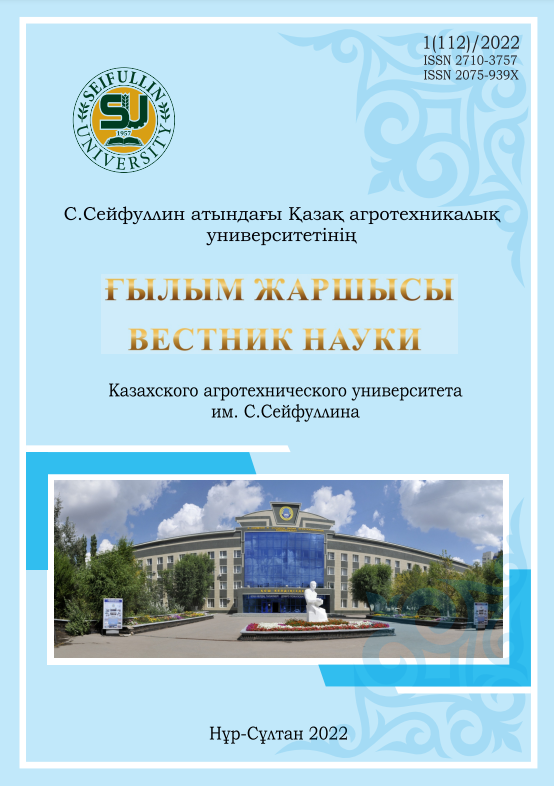MONITORINGOF FISH SAFETY IN AKMOLA REGION
DOI:
https://doi.org/10.51452/kazatu.2022.1(112).935Keywords:
safety; quality; fish; reservoirs; helminthiases; bacterioses.Abstract
In this study, it was found that in Akmola region, out of 583 reservoirs, 337 reservoirs are used for fishing (57,8%). The main commercial fish are cyprinids (sazan, crucian carp, carp, vobla), pike perch, pike, asp. The quality indicators of the fish corresponded to the norm, with the exception ofspecimens from individual reservoirs, where clinical signs characteristic of aeromonosis disease were observed (6,6%). In the study for helminthiases, the degree of invasion was determined. Single eggs of Capillaria spp. were found in the crucian carp of the Koyandinsky reservoir of the Tselinograd region (extensiveness of invasion 12,5%, intensity of invasion 1-2 specimens), the pike perch from the lake Malaya Saryoba, Arshalinsky district has eggs of Capillaria spp. as well (extensiveness of invasion 25%, intensity of invasion 1-2 specimens); the perch of Lake Zharlykol of the Tselinograd district has cercariae Diplostomum sp. (extensiveness of invasion 8,3%, intensity of invasion 28-32 specimens); the roach of Lake Maybalyk of the Tselinograd region has metacercariae Pseudamphistomum truncatum (extensiveness of invasion 40%, intensity of invasion 1-3 specimens). Metacercariae of opisthorchis were found in the silver carp from the Lake Chebachye in the Burabay district with extensiveness of invasion 11,1% and intensity of invasion 1-2 specimens. The bream of Lake Kotyrkol is infested with Posthodiplostomum cuticola and opisthorchis metacercariae with extensivenesso finvasion 14,2%. The silver carp of the Pushkar Lake is invaded by opisthorchias is with extensiveness of invasion 16,6%.

